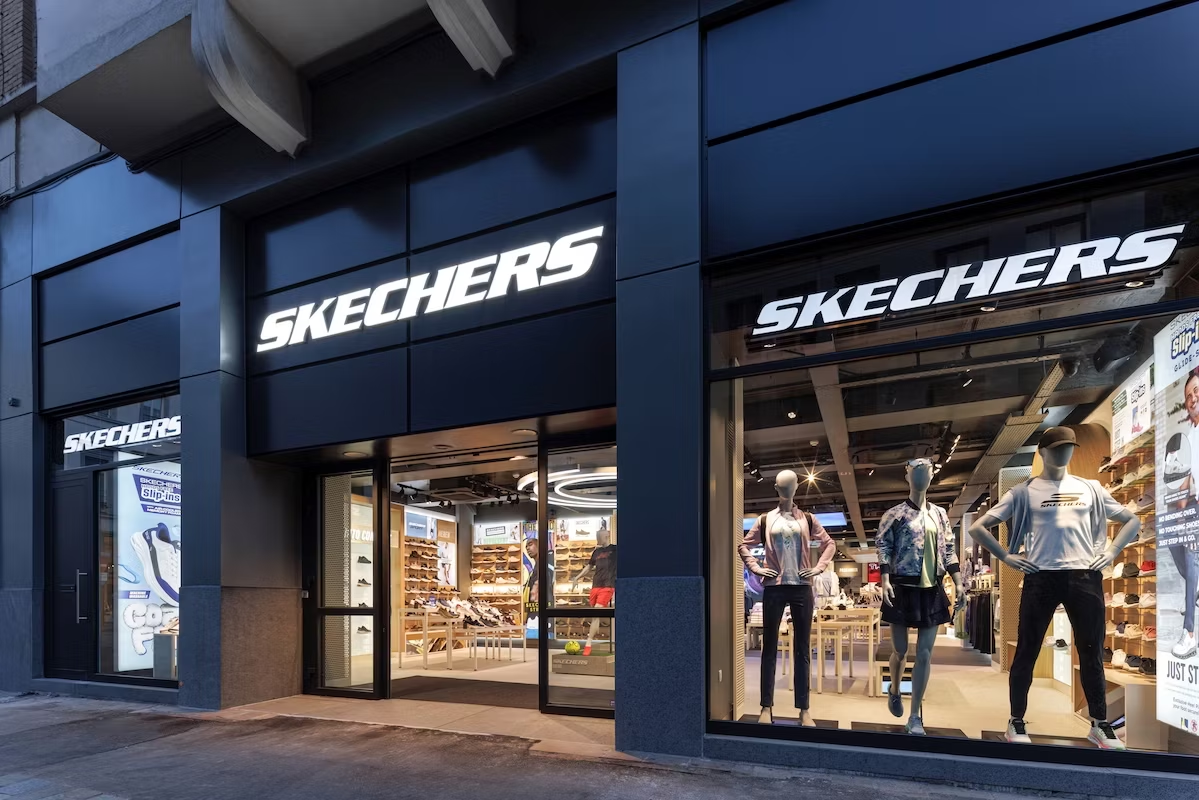After the corona pandemic, war and inflation just add on the misery for fashion retailers. Consumer confidence is plummeting and buying behaviour is changing dramatically: second-hand and online are growing at the expense of specialised fashion retailers.




